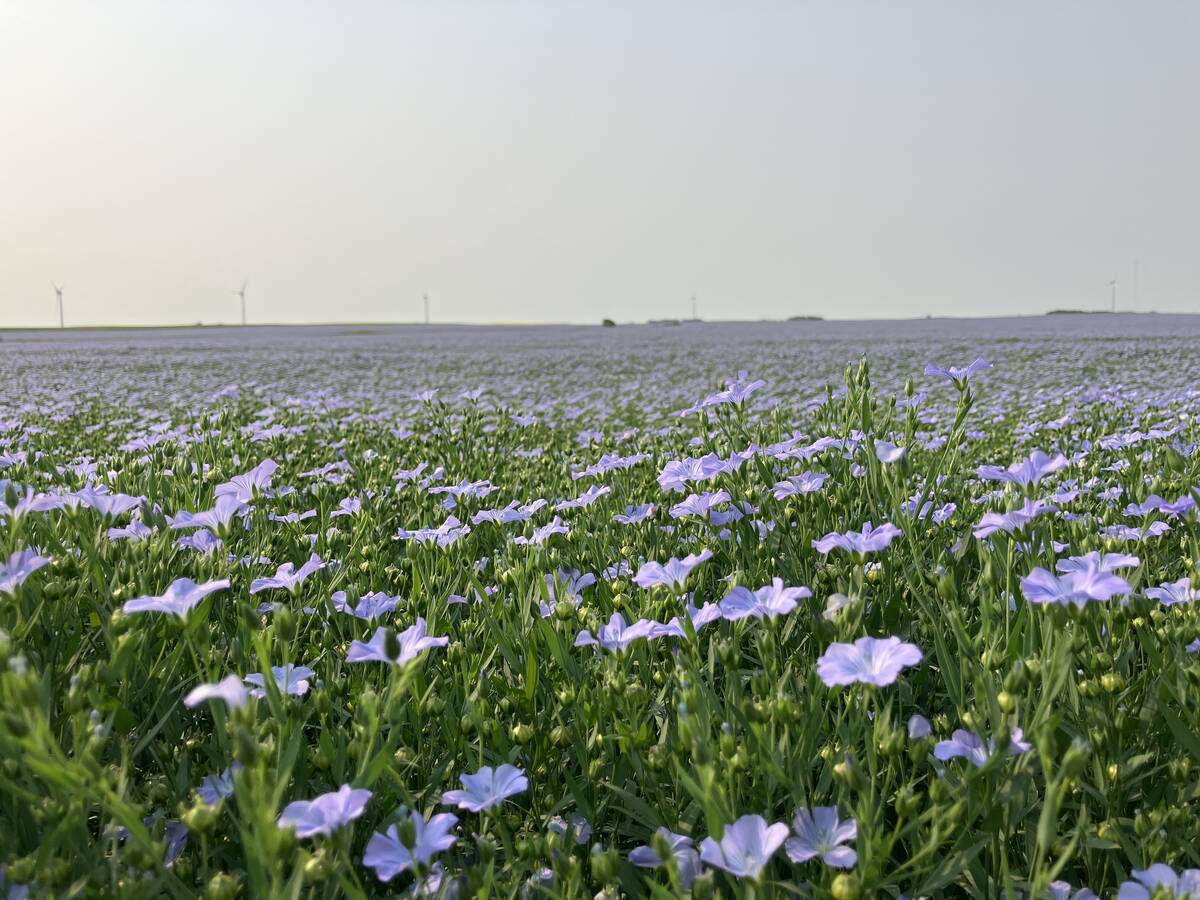An insect pest with no appetite for canola has found its way into some southern Manitoba canola crops thanks to recent stormy weather.
In his weekly insect and disease update, provincial ag entomologist John Gavloski on Monday said cankerworms had been reported feeding in a canola field near Winkler.
An agronomist for agrifood firm Cargill had made the “interesting and unusual” observation, he wrote.
The cankerworms were feeding on the crop, Gavloski wrote, adding that the pests don’t normally feed on canola. In this instance, though, “some very strong (winds) had blown cankerworms and debris from a shelterbelt” into the field.
Read Also

‘A little bit of a resurgence for flax’
Flax is sitting in a good position following this year’s harvest, said Scott Shiels of Grain Millers Canada in Yorkton, Sask.
“Although unusual, it is something to consider if finding larvae other than those more typical on canola feeding on canola near a shelterbelt.”
Among established canola pests, Gavloski wrote, counts of adult diamondback moths “continue to increase” in pheromone-baited traps in several areas of the province.
“Diamondback moths arrived early this year, so this is something to look for when scouting canola fields. Larvae are just starting to emerge, and will be quite small,” he wrote.
It’s tough to predict what impact the heavy rains over the weekend may have on diamondback moth populations, Gavloski said, as heavy rains can reduce levels of larvae.
“However, we are likely only at the beginning of egg hatch from those that blew in, and the first stage mine the leaves.”
Also found earlier this week in one of the province’s diamondback moth traps, near Carman, was an armyworm moth.
Armyworms, which arrive each year from the south, are “generalists,” Gavloski wrote, meaning the worms feed on a lot of crops.
These armyworms, he added, aren’t to be confused with the bertha armyworm, which is mainly a canola crop pest.














